Case Studies
Fire Order Rescinded: Capital Protected
Snapshot
- Exposure: Six-figure compliance spend already in motion; consultant design fees wasted.
- Intervention: Compliance review and GIPA request uncovered an invalid fire order and BCA misapplication.
- Outcome: Fire order rescinded, unnecessary works halted, compliance clarified, budgets safeguarded.
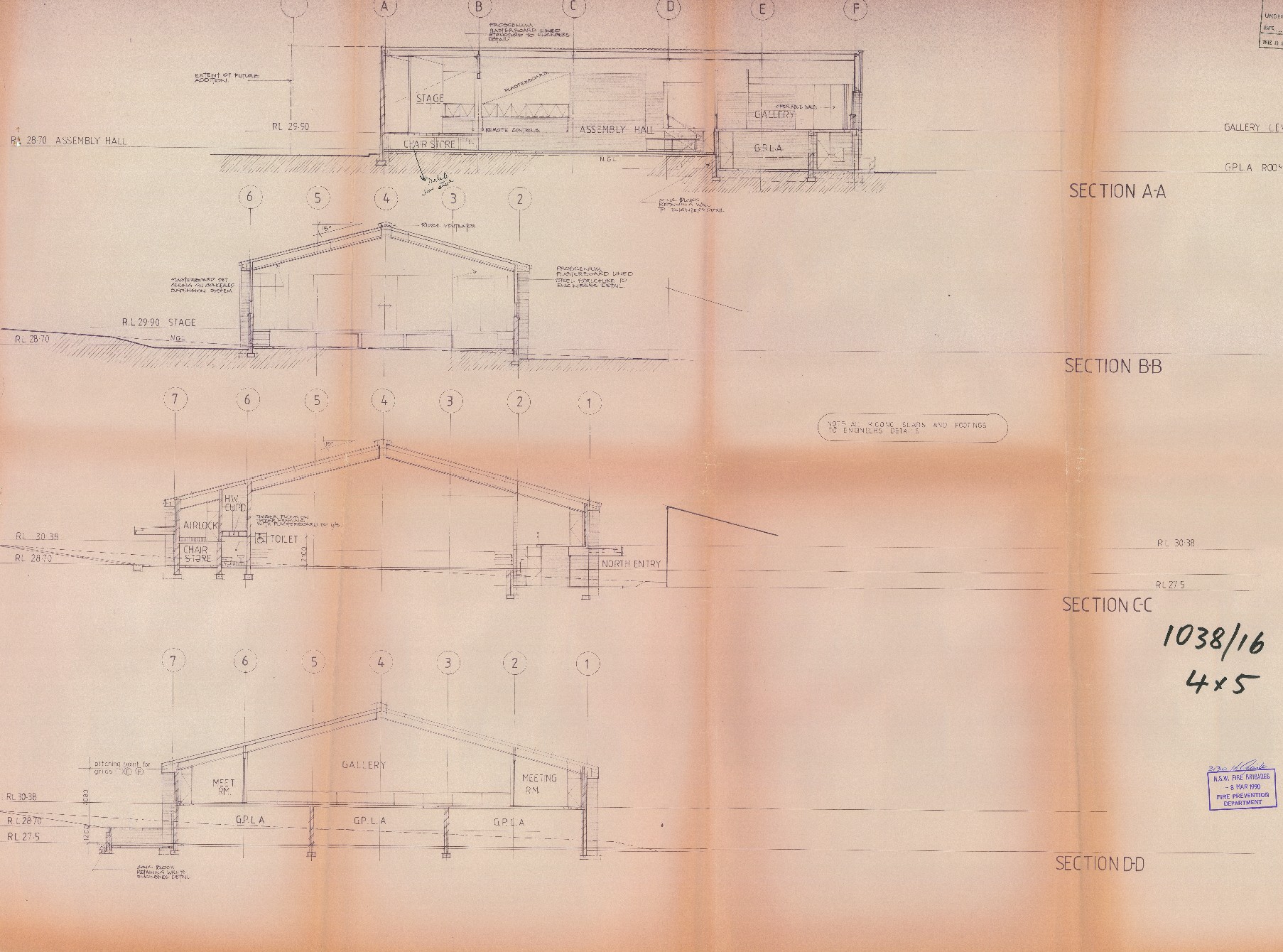
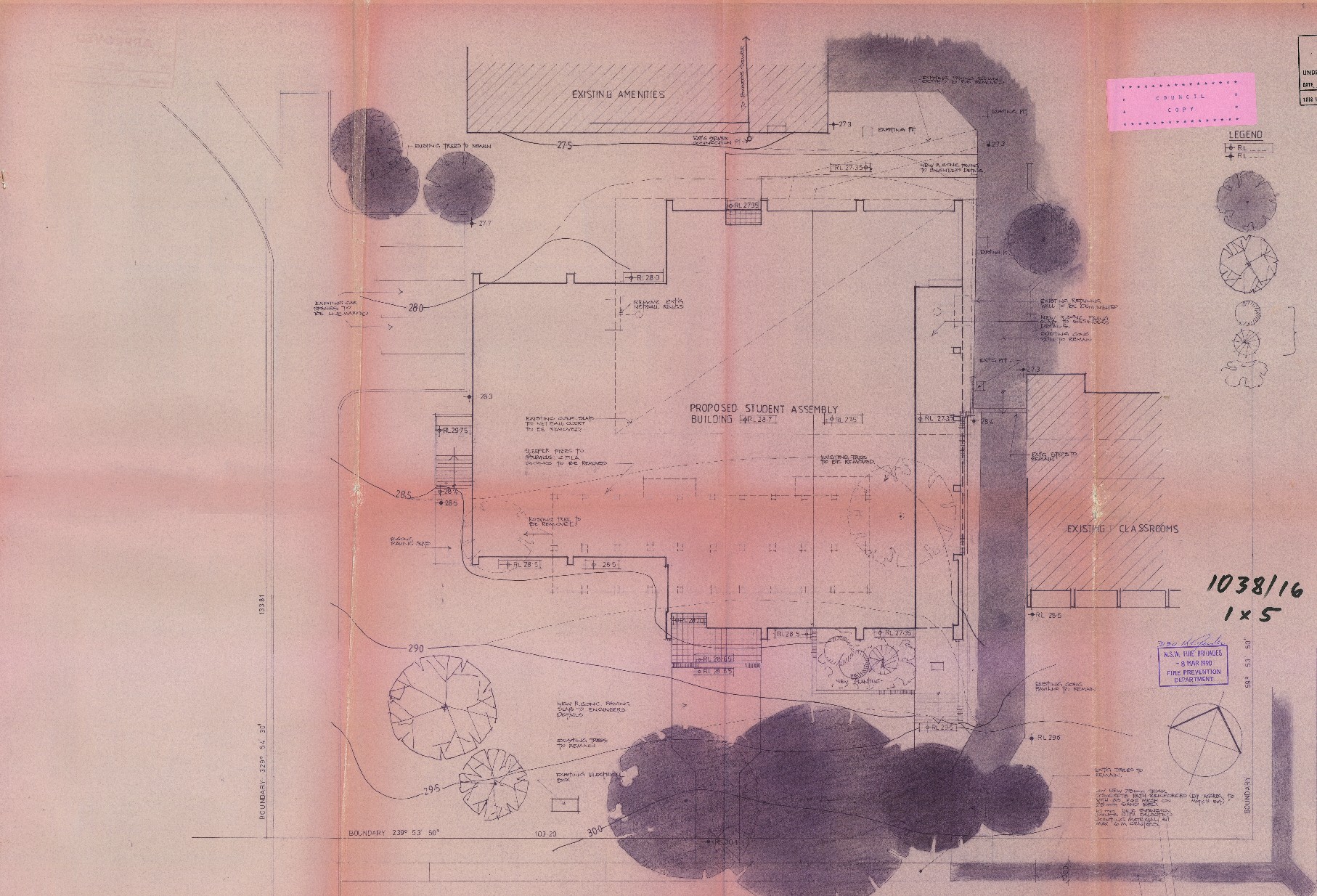
Context
A not-for-profit education provider faced major financial exposure from fire compliance issues across two sites. At the primary school, the Council had issued a fire order and a large upgrade program was about to commence. At the college, a substantial package of works had already been costed and a purchase order raised.
Challenge
In both cases, proper evaluation and due diligence had not been carried out. Consultants had been engaged and design fees spent, but the basis for the works was flawed. At the primary school, the Council’s fire order referred to a building that had been demolished years earlier. At the college, the certifier engaged by the Fire Services Contractor had misapplied the Building Code of Australia (BCA), resulting in unnecessary works being scoped.
Role
Engaged as an external contractor, Laurence managed delivery by undertaking a detailed compliance review before any works commenced. At the primary school, a GIPA request was lodged to access historic development documents, confirming that the fire order was invalid. At the college, he identified the misapplied standards and demonstrated that the proposed works were not required.
Outcome
The fire order at the primary school was rescinded in full. At the college, unnecessary works were stopped before proceeding. In both cases, compliance obligations were clarified, risks eliminated, and budgets protected.
Global Workplace: Delivered to U.S. and Green Star Standards
Snapshot
- Exposure: Stalled CBD relocation project under risk of missing lease deadline; additional complexity as a certified Green Star project.
- Intervention: Client-side leadership realigned scope coordinated design teams across four continents, and ensured U.S. standards were met locally while sourcing Green Star–compliant materials.
- Outcome: Delivered on time and within budget, meeting U.S. and Australian standards plus Green Star requirements; client issued a gratuitous payment.
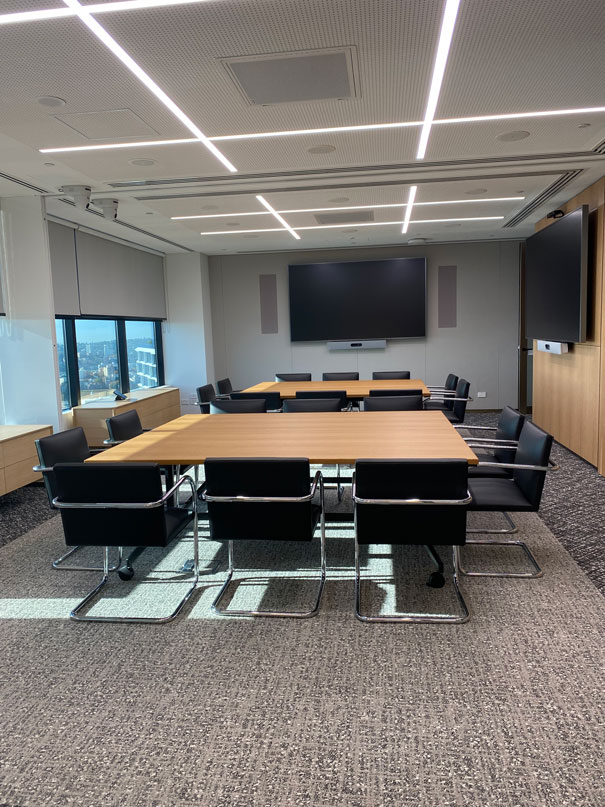
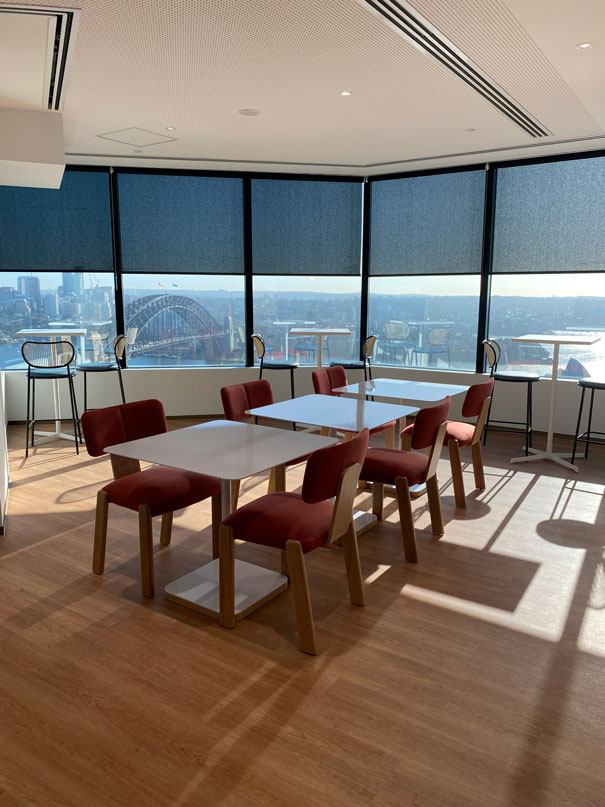
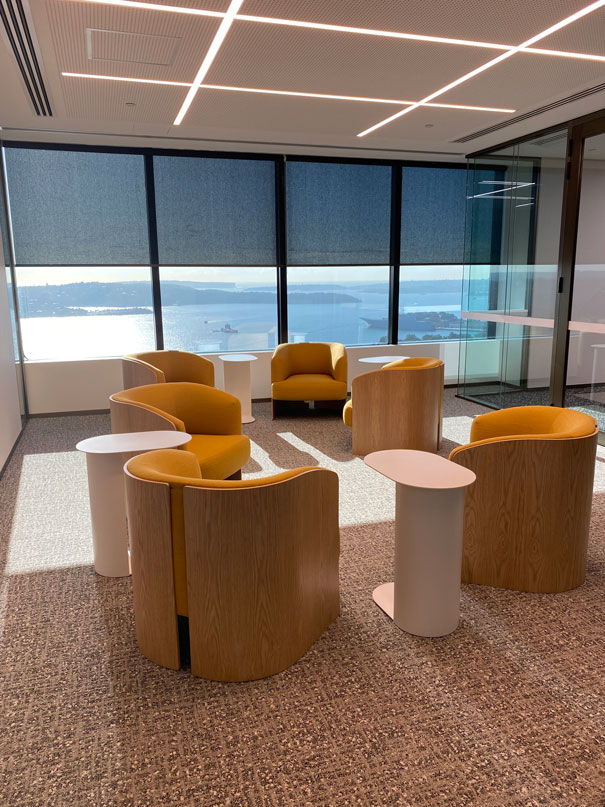
Context
A global U.S.-based financial services organisation required a high-end workplace relocation in a prestigious Sydney CBD tower. The project had stalled under a previous manager: design work had not commenced, approvals were at risk, and the program had slipped into the final quarter of the year. Lease obligations loomed, and unless a finalised package was issued before year-end, the client faced severe exposure.
Challenge
The project was delivered under a Principal Contractor model, with Laurence acting on the client’s behalf to deliver a turnkey workplace. He rapidly regrouped stakeholders and design consultants to stabilise the program and address procurement pressures. Long-lead items — including bespoke custom furniture and a power resilience system sourced from the U.S. — were identified and pre-ordered to protect the schedule. Budget pressures emerged during tendering, requiring value engineering. Green Star certification added further complexity, with additional demands in sourcing compliant materials and meeting sustainability benchmarks. Technical challenges remained high, with advanced building services, strict acoustic standards, and integrated ICT systems — all required to meet U.S. benchmarks.
Role
Engaged as an external contractor, Laurence carried responsibility for delivering the project on behalf of the client. He re-established program control, coordinated design consultants across four continents, and directed the Australian design and delivery team to achieve U.S.-specified outcomes with locally sourced, Green Star–compliant materials. His oversight ensured approvals, procurement, and staging decisions were made without delay.
Outcome
The fit-out was delivered on time, within budget, and to U.S. and Green Star standards, while remaining fully compliant with Australian requirements. The relocation achieved all technical and sustainability benchmarks, with the client issuing a gratuitous payment — rare recognition in the industry.
Industrial Redevelopment: Live Operations Maintained
- National Distribution Warehouse
Snapshot
- Governance clarity maintained through senior project management across the programme
- Funding alignment protected by staging works to avoid costly operational downtime
- Capital protection achieved by keeping the warehouse fully functional throughout construction
- Tenant operations strengthened with expanded logistics capacity, compliance upgrades, and modernised services
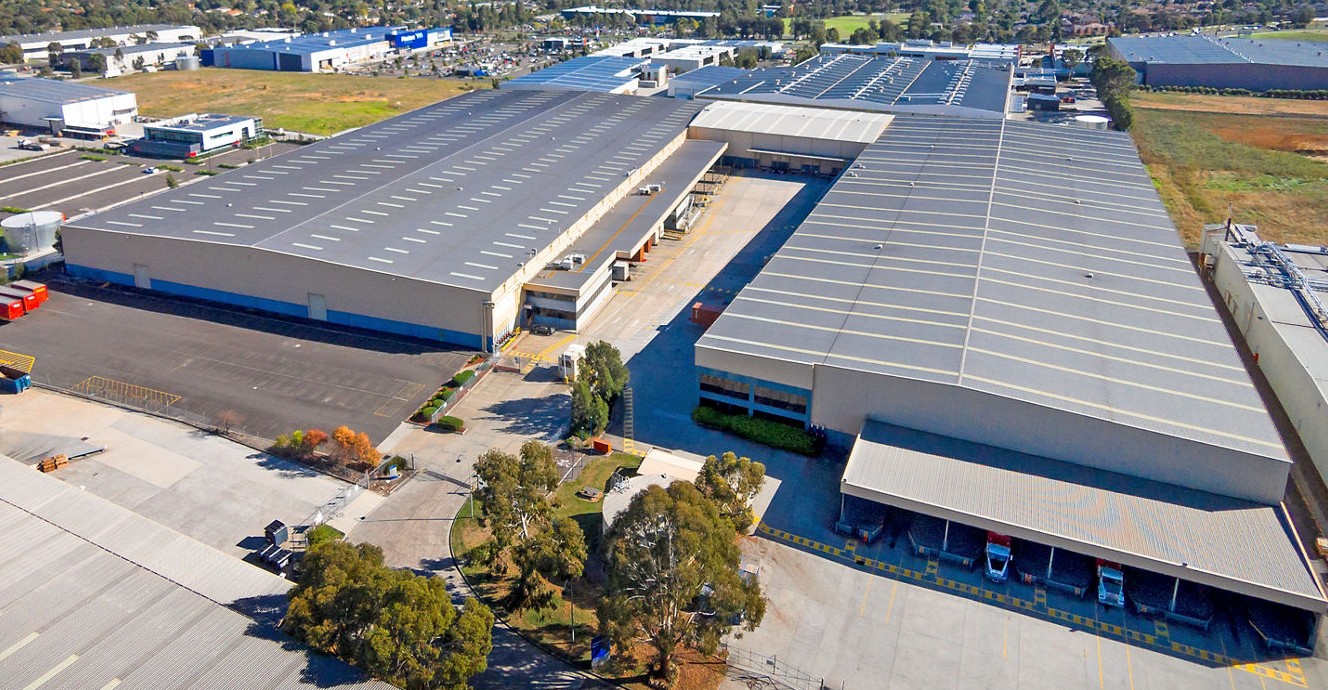
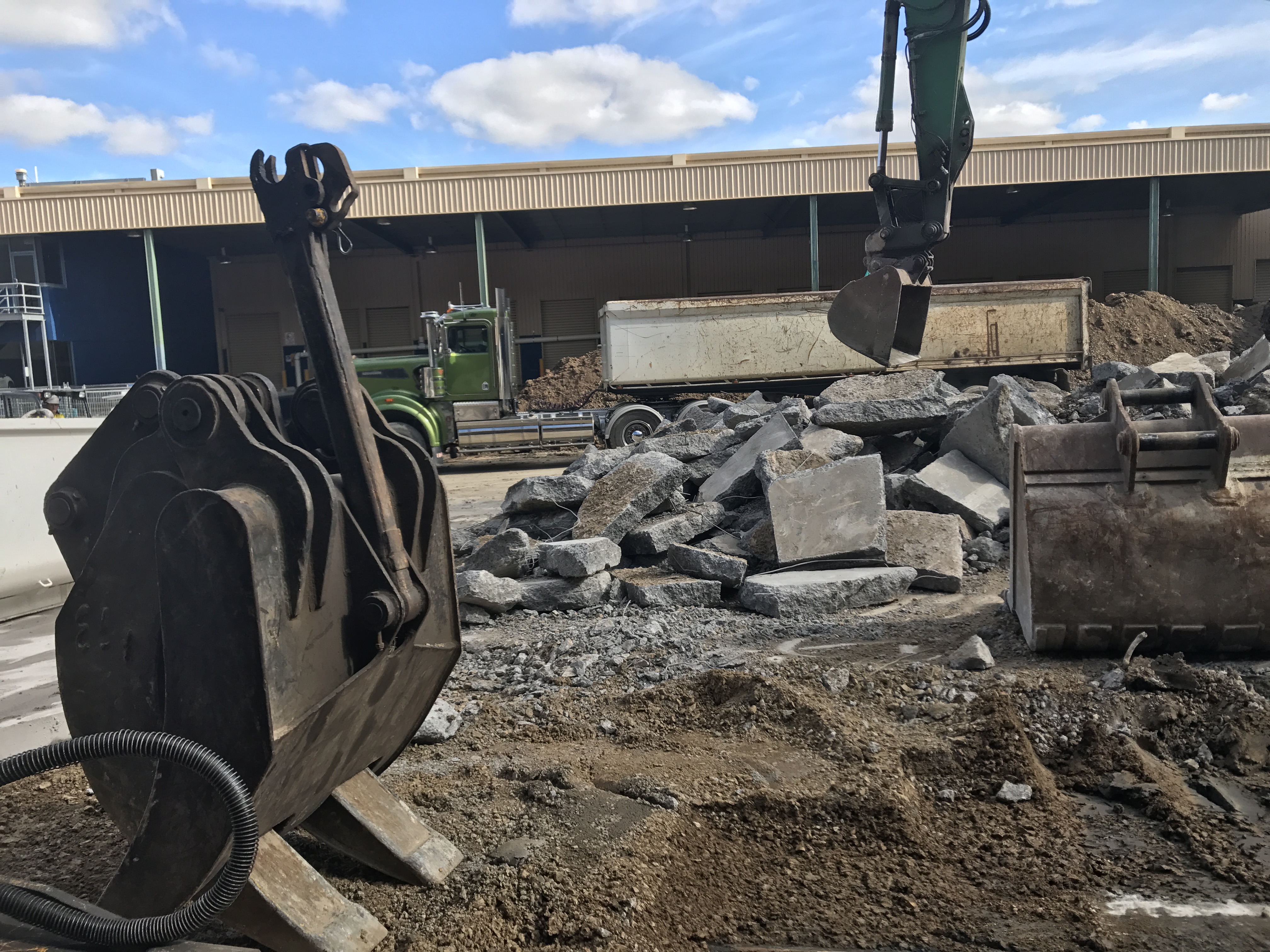
Context
A leading Australian industrial asset owner required upgrades to a 30,000 sqm distribution warehouse in Victoria to meet new tenant requirements. The project was delivered under a Design and Construct model while live operations continued, with freight moving daily and loading docks kept functional.
Challenge
The main challenge was keeping B-double truck access open during demolition and reconstruction. Works had to be staged with precision so freight operations continued safely and without disruption.
Role
Engaged as an external contractor, Laurence managed delivery from planning through completion. He coordinated consultants, site operations staff, and contractors to align design, logistics, and construction with the asset owner and tenant needs. The scope included extensive demolition, structural modifications for ten new loading docks, construction of a new 14,000 sqm hardstand, full MEP upgrades, fire system modernisation, and extensive roofing works including installation of new overhangs and awnings. Internal improvements added modern amenities, a mezzanine showroom, and an internal goods lift.
Outcome
The facility was redeveloped and expanded to tenant specifications while remaining fully operational. Stock movement continued without interruption, compliance was strengthened, and logistics capacity increased. Delivered on time under a Design and Construct model, the project protected the asset owner’s capital while securing long-term tenant functionality and growth.
NFP Masterplanning: Future Flexibility Secured
- Transitional Housing Development, Western Sydney
Snapshot
- Whole-of-site planning secured long-term controls and maximised asset value.
- Governance clarity gave the client informed decision-making at every milestone.
- Staged delivery framework allowed construction to align with available funding.
- Community impact through transitional housing supporting vulnerable residents.
No images are shown for this case study to protect the privacy of the project location
